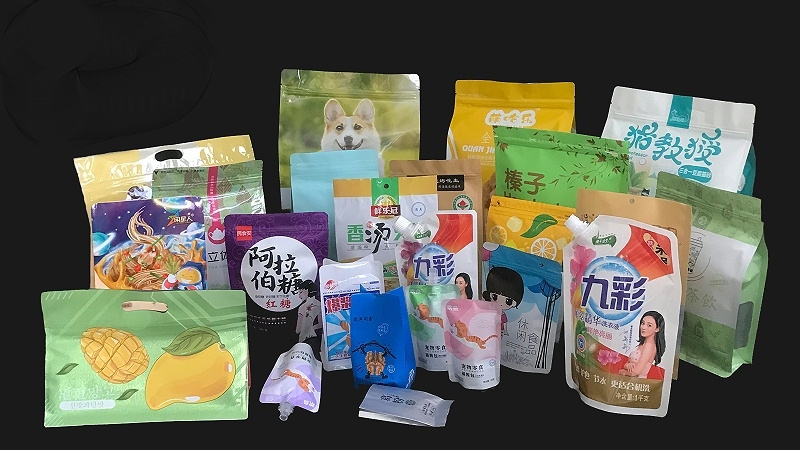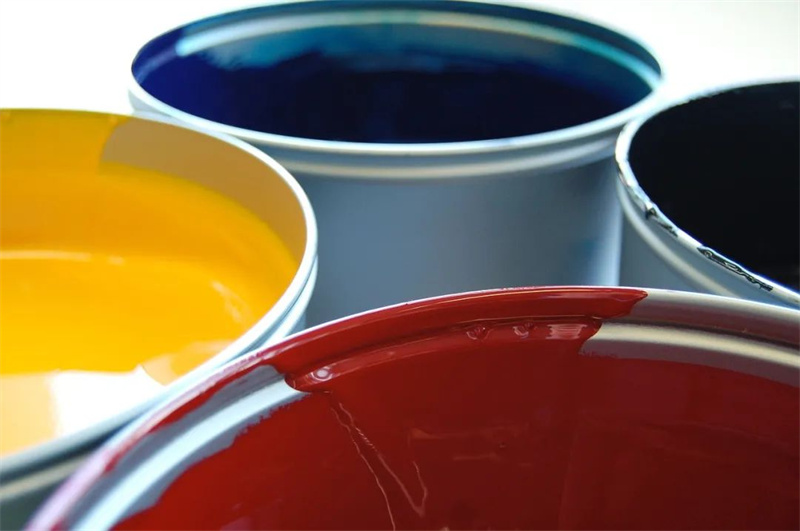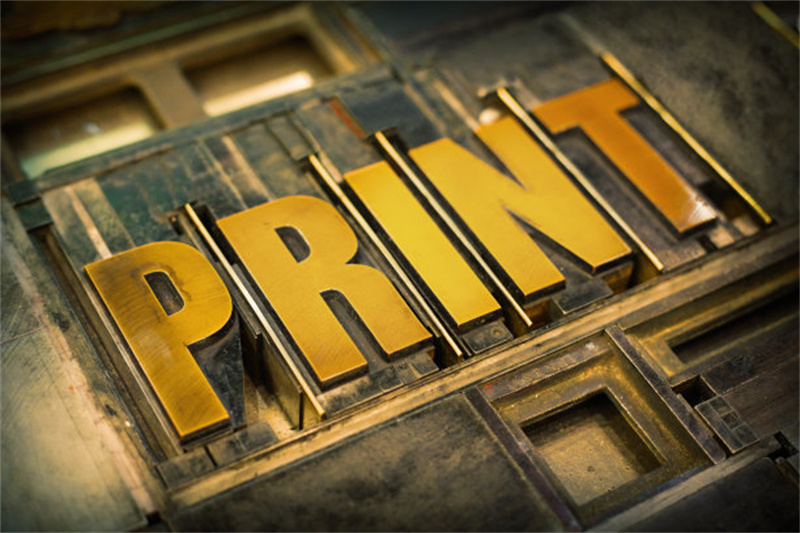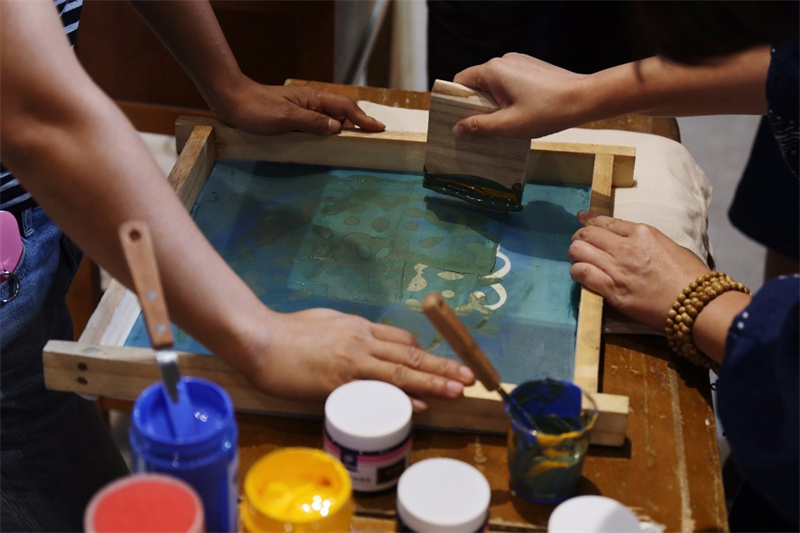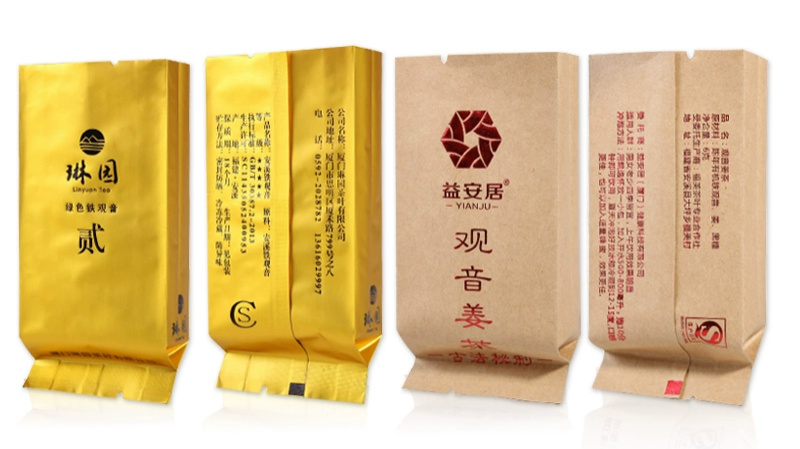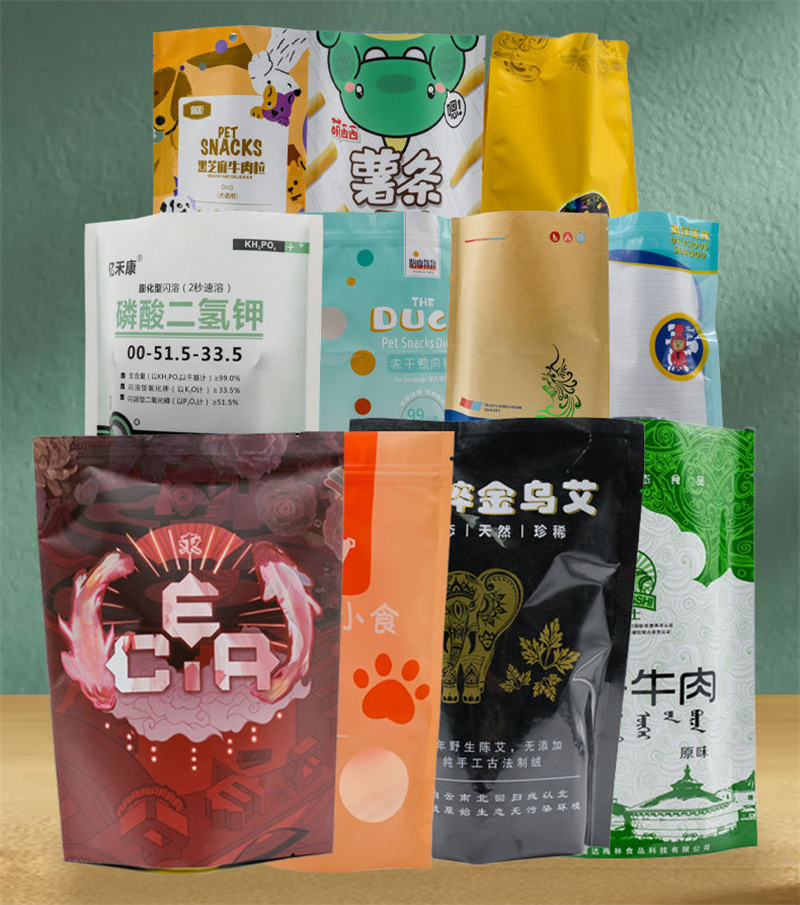Several Packaging Bag Printing Techniques You Must Know!
A wonderful shopping experience, apart from high-quality products, the design of packaging bags can also add infinite charm to the products! And have you ever wondered how these dazzling packaging bags are made?
Today, let’s uncover the mystery of packaging bag printing technology together! Whether it is those colorful food packaging bags or those delicate and elegant cosmetic packaging bags, they all cannot do without these important printing techniques.
- Gravure printing
Gravure printing technology originated in Germany at the end of the 19th century. By engraving patterns or text in grooves on the printing plate, and then using the pressure and ink of the printing press to transfer the patterns onto the printing material. This technology is usually used for printing high-quality images and textures.
Gravure printing can achieve high-precision image and texture effects because the surface of the printing material is in a concave state, allowing patterns or text to be conveyed very clearly.
Therefore, gravure printing is highly suitable for various materials, including paper, plastic, metal, etc., and is widely used in fields such as packaging, decoration, and art production.
In addition, gravure printing also features fast printing speed, bright colors and strong three-dimensional effect of patterns.
In the field of plastic packaging bags, gravure printing can not only achieve fine printing effects, but also display rich textures and layering, and is not prone to wear or fading. This greatly enhances the appeal, texture, visual effect and durability of the packaging bags.
- Letterpress printing
Letterpress printing technology can be traced back to ancient movable type printing. Letterpress printing technology originated in China.
The raised parts on the printing plate absorb the ink and then transfer the ink to the printing material through pressure. This process can be automated through a printing machine to ensure printing accuracy and efficiency.
Letterpress printing is suitable for various types of materials, such as paper, plastic, metal, etc., and the printed products have a strong touch and three-dimensional effect. Letterpress printing has a relatively high printing speed and is thus equally suitable for mass production.
Of course, letterpress printing also has some shortcomings. The printed matter obtained by letterpress printing technology has relatively low fineness and cannot represent very delicate patterns and details.
- Screen printing
Screen printing technology is also an ancient and widely used printing technique. It originated in ancient China. Screen printing involves fixing a screen, applying ink or pigment onto the top of the screen, then using a scraper to push the ink onto the screen, and finally transmitting it through the mesh to the object to be printed.
Screen printing can achieve a variety of effects and applications, printing complex patterns and brightly colored designs. In addition, screen printing has a relatively low cost and a fast speed, making it suitable for large-scale production and small-batch customization. However, screen printing is difficult to achieve gradient colors and high-definition images.
- Digital printing
Digital printing technology originated at the end of the 20th century and emerged with the rapid development of computers and digital technology. It is different from traditional printing techniques. It does not require plate making and directly converts digital information into printed images.
The working principle of digital printing is to convert images or text into digital signals through a computer. Under the action of the inkjet head or electronic sensor of the printing machine, pigments or inks are sprayed onto paper or other materials to form printed images.
Digital printing can achieve personalized customization, has high flexibility, and can quickly produce small batches of printed materials, avoiding the large-scale plate-making process of traditional printing. But the printing cost is high and the price is expensive.
Post time: Jul-01-2025
